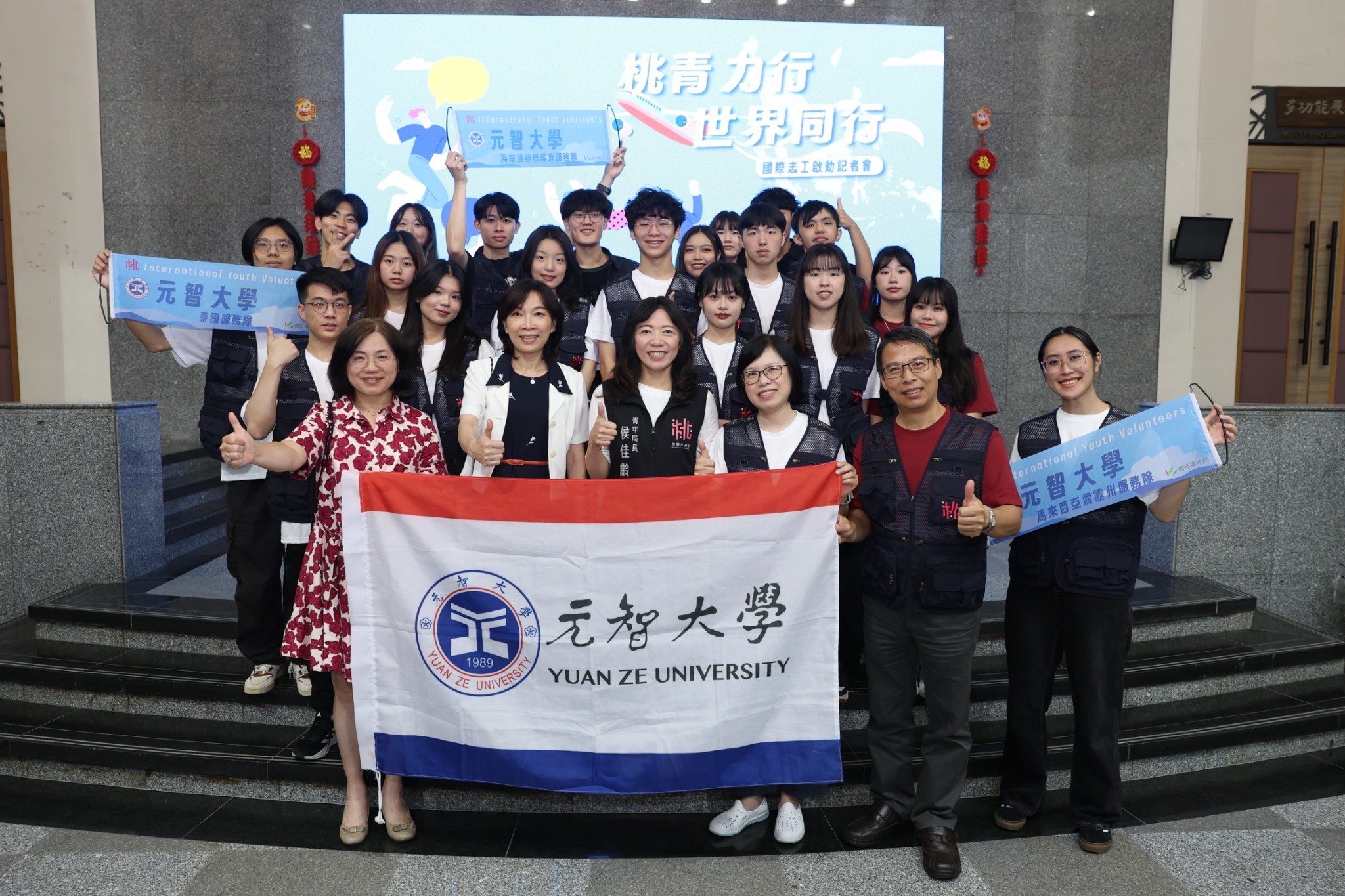Could college students’ final grades really be determined by elementary school students? At Yuan Ze University, Wei-Jen Chen, a lecturer from the College of General Studies, designed a unique course titled “Chinese Reading, Critical Thinking, and Expression”, which combined practical creativity with community engagement.
Sixty students from the School of Nursing, the Department of Electrical Engineering, and the College of Management visited Yuansheng Elementary School, where they performed classic tales from Romance of the Three Kingdoms using kamishibai, a traditional form of Japanese picture storytelling. The event highlighted the learning achievements made possible through cross-generational collaboration.
Wei-Jen Chen explained that in the era of information and media, language education is no longer solely about knowledge acquisition, but also about effective expression and communication—particularly understanding audience needs and conveying content accordingly. This collaboration with Yuansheng Elementary allowed university students to step out of their comfort zones and develop intergenerational communication skills, while completing their teaching task through storytelling.
Kamishibai originated in Japanese folk culture, where performers used a wooden box resembling a small theater and a series of illustrated cards—like storyboards from a film—to narrate tales while switching images. This multimedia form of storytelling was popular before the advent of television. Over the course of a semester, Yuan Ze students carefully selected ten stories from Romance of the Three Kingdoms, wrote scripts, and crafted props for their performances.
Teachers at Yuansheng Elementary guided their students in pre-reading Romance of the Three Kingdoms, developing an appreciation for the performing arts, and helping establish a scoring rubric. Each university group first performed in the audio-visual classroom, where six elementary school students served as preliminary judges. They then performed in all third-grade classes, and the champion team, presenting “The Empty Fort Strategy”, gave a final large-scale performance for sixty children. All ten university teams were warmly welcomed, and the atmosphere was lively and full of excitement.
I-Hsuan Lin, a student from the School of Nursing, shared her thoughts: “This activity left a lasting impression on me. When we officially entered the classroom to perform, we were greeted by the eager eyes of the children—it was truly touching.”
Elementary student Pin-Yu Huang from Yuansheng Elementary said, “The illustrations in the kamishibai were so vivid, and the story made me feel like I was right there. The voices also perfectly expressed the characters’ emotions. In the part about the ‘Wooden Ox and Gliding Horse,’ the Shu Kingdom used Zhuge Liang’s brilliant strategy to defeat the Wei Kingdom. I’ll never forget it—I want to watch it again and again.”
Shih-Han Li, the reading promotion teacher at Yuansheng Elementary, remarked that the event taught young students not only how to attentively listen and appreciate storytelling techniques, but also how to serve as professional judges by giving scores and feedback. “Though the process was fast-paced and packed, the students were completely immersed and wanted more—that’s the true charm of storytelling, and the spark that comes from mutual learning between younger and older students.”
Wei-Jen Chen added that this cross-school, cross-disciplinary, and cross-generational teaching initiative not only enhanced interaction between the students, but also received high praise from Yuansheng Elementary. The school has already invited Yuan Ze University to continue the partnership next year. He expressed hope that this “Yuan-Yuan” collaboration would continue to sow the seeds of reading and creativity, helping more children grow and thrive in the world of stories.
 English
English  正體中文
正體中文 



